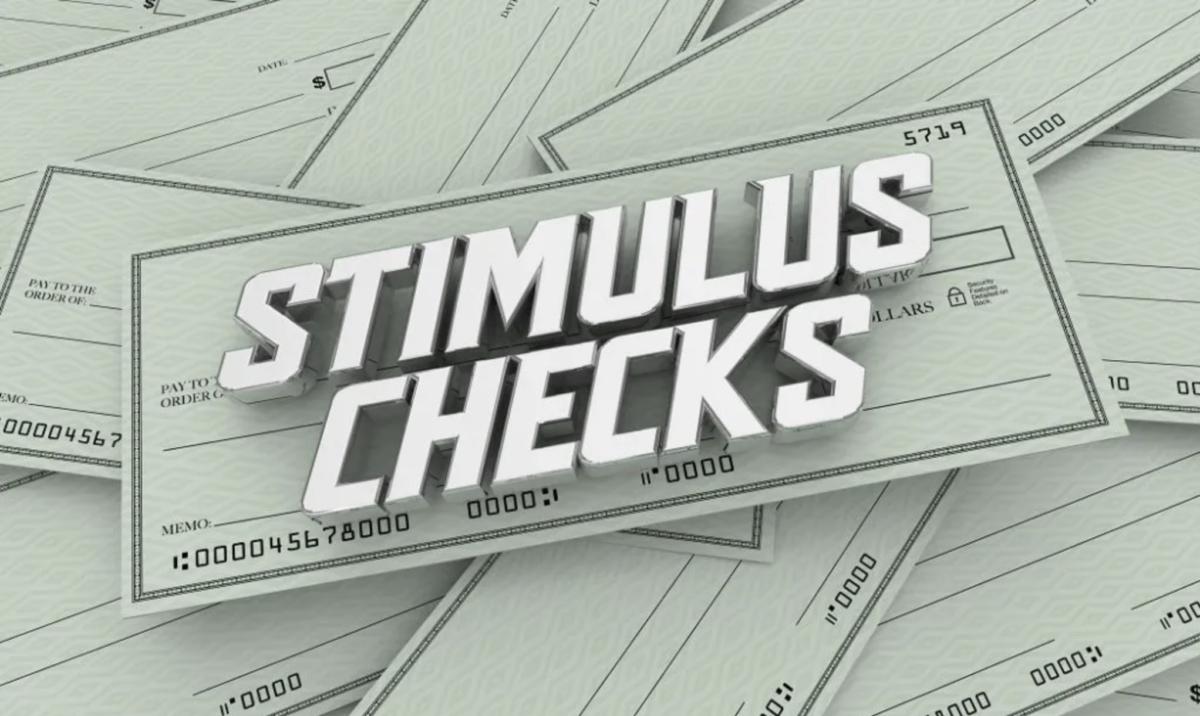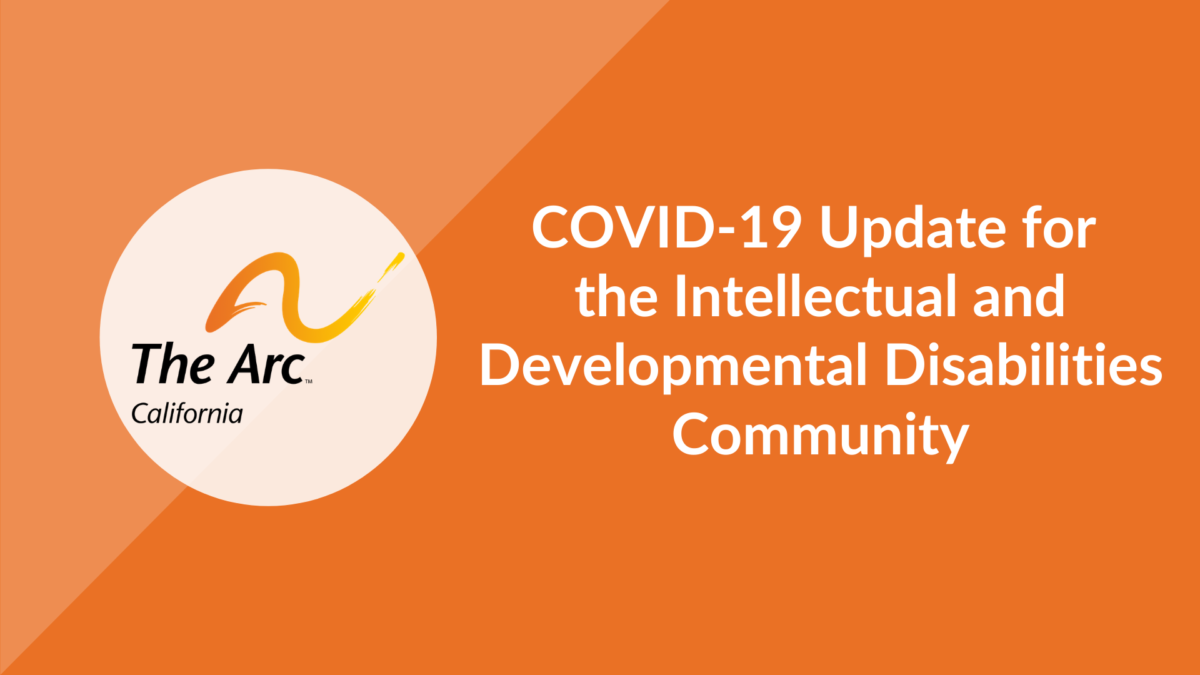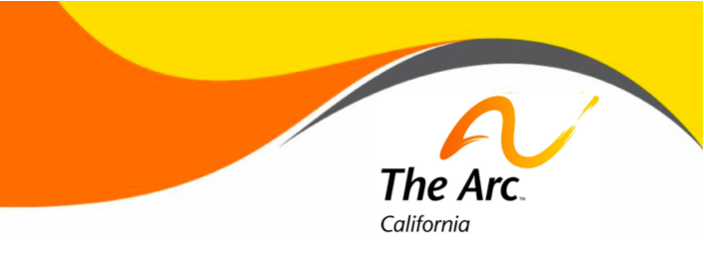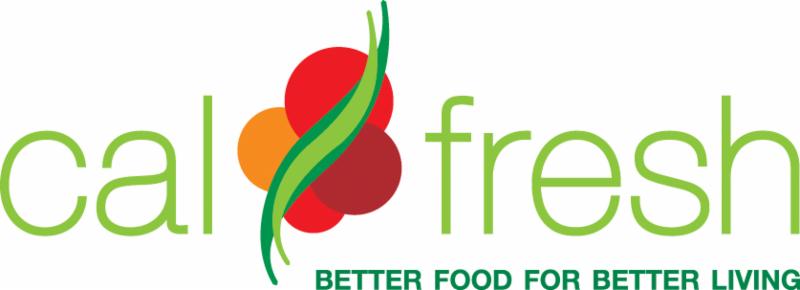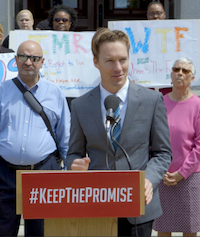Last week Governor Newsom and the Legislature announced an agreement on the proposed Golden State Stimulus, which will provide one-time stimulus payments of $600 to low-income Californians. As announced in the deal, eligible recipients of the $600 include:
- Californians who are recipients of SSI/SSP;
- Californians who are recipients of the Cash Assistance Program for Aged, Blind and Disabled Legal Immigrants Program (CAPI);
- Californians who are recipients of the CalWORKS program;
- California households receiving the California EITC [Earned Income Tax Credit] for 2020;
- California taxpayers with Individual Tax Identification Numbers (ITINs) who were precluded from receiving the $1,200 per person federal payments issues last spring and the more recent $600 federal payments.
According to the Governor’s office, combined, the agreement that calls for the $600 one-time payments and grants would go to a total of 5.7 million eligible low-income Californians. The $600 payments and grants to Californians would be in addition to whatever payments may be coming from the Biden federal COVID-19 Relief bill that is pending in the US Congress and is in addition to the $600 payments in the previous federal COVID-19 relief bill passed by Congress and signed into law in December.
The bill, AB 88, also specifies that the stimulus payments “shall not be taken into account as income for the purposes of determining the eligibility for benefits of assistance”.
Grant payments for CalWORKS households are expected by mid-April; timing for the delivery of SSI/SSP and CAPI grants is currently under discussion with federal officials.

